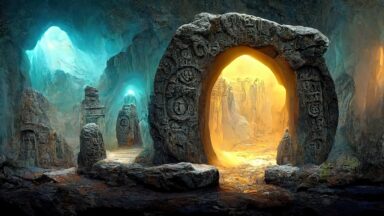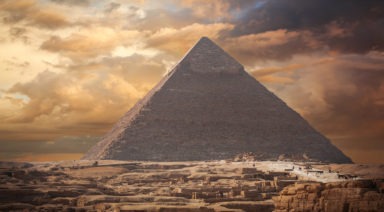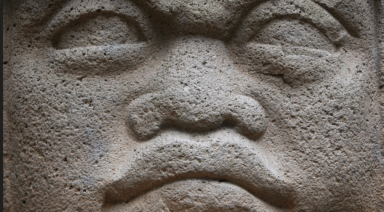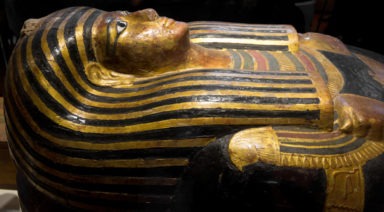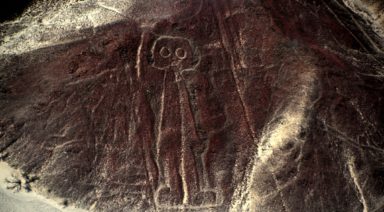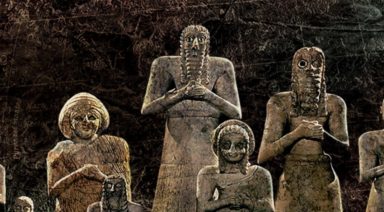The Many Branches of the Tree of Life

Whether you are a fervent reader of religious texts, fan of mythology, or frequenter of Disney World’s Animal Kingdom, in some way or another, you are probably familiar with the concept of the Tree of Life.
Because the Tree of Life has had myriad origin stories, symbols, and meanings over time and across cultures, the many branches of its history offer complex truths about nature.
By taking a closer look at the many ways the Tree of Life manifests itself throughout the world, we might better understand how this piece of nature has risen to such stature throughout our society and continues to be such a well-known symbol revered by many.
Origins of the Tree of Life
To find the seed of the Tree of Life, we must dive into the places where it first appears: religious texts. In this case, the Bible offers an initial reference to the Tree of Life.
The earliest account of the Tree of Life is mentioned in Genesis 2:8-9, when describing the Garden of Eden — there it is called the source of eternal life. It reappears in the last book of the Bible, Revelations, as part of a new garden of paradise.
However, the Christian faith is far from the only religion or belief system to make reference to a Tree of Life. In Islam, it is called the Tree of Immortality, and in Judaism, Etz Chaim, which is Hebrew for tree of life. Other references appear in Hinduism, Buddhism, and paganism.
Of course, the tree of life also has roots in metaphysical studies as well, as we will touch on further below.
Tree of Life Meaning
Due to the diverse places in which a Tree of Life is mentioned, the Tree of Life meaning varies depending on what lens you look through.
Here we will take a look at just a few definitions of the Tree of Life according to different religious traditions and beliefs.
Biblical / Christian
As mentioned above, in Christianity, the Tree of Life has significance in that it is said to have been the vehicle used by evil in the form of a snake that encouraged Adam and Eve to eat from the Tree of the Knowledge of Good and Evil, which was forbidden.
However, the body of Jesus Christ has also been referred to as the Fruit of the Tree of Life in the Catholic faith. The cross on which he died was called the Tree of Life as well, since Jesus’ death is viewed by Christians as a sacrifice that then delivered eternal life to those who believe in him.
Kabbalah
In the Jewish mystical tradition of Kabbalah, the Tree of Life has two different symbols: upside down and right side up. These two placements are said to have distinct meanings — the original being upside down, with “roots flowing from the divine place of unity and infinite light,” which is also referred to as the Tree of Emanation.
However, the other Tree of Life symbol goes the other direction — back toward the source. In this depiction, the roots go into the ground and limbs toward the sky, indicating evolution or initiation.
These depictions are also said to depict Sephirot, or emanations of the soul.
Metaphysical
The metaphysical meaning of the Tree of Life is clear — indicating each being is a child of the Universe, with a right to exist and a responsibility to be oneself.
Because Metaphysics ties the natural world with the spiritual, the Tree of Life in this case represents a Cosmic Family tree of stores, demonstrating the links between people and with the past, including where people have merged, split off, and rejoined.
Tree of Life Symbology
Being that the Tree of Life is such a pervasive symbol for people from many backgrounds, it is worth investigating more of its symbolism and meaning.
While it is called the Cosmic Tree, the World Tree, and the Holy Tree, among other names, its symbolic meaning of strength, wisdom, protection, beauty, and redemption might hold true across many belief systems.
In the Christian faith, the writers of Proverbs reference the Tree of Life with four truths, including wisdom, righteousness, fulfilled hope, and a wholesome tongue.
In more metaphorical sense, the Tree of Life can represent natural creation, as in Kabbalastic mysticism — with a complete map of the soul and its attributes.
Tree of Life Today
Other clues about the Tree of Life may be found in Sacred Geometry, which also credits roots, flowers, and fruits with the Tree of Life label, based on their healing qualities and diversity.
Today, the Tree of Life is still revered as a divine metaphor, as studies of sacred geometry note, “the way a seed becomes a tree and bears fruit, the One creator unfolds into the Many forms of manifest existence.”
While many meanings and explanations of the Tree of Life’s structure have been gathered already, it remains a point of study for those in the metaphysical community.
Summary and Conclusion
Obviously, the Tree of Life’s origins, meanings across different belief systems, and symbolism open up many avenues for further explanation of this grandiose symbol.
It may be the case that to truly understand the Tree of Life entirely, one must abandon the notion of following one school of thought, and instead merge the many ideas presented over time to get a comprehensive sense of what the Tree of Life means historically, religiously, mythologically, and spiritually.
You may even find exploring many different individuals’ interpretations, insights, and visual renderings of the Tree of Life can open up different notions about this powerful symbol.
Want more like this article?
Don’t miss Ancient Civilizations on Gaia to journey through humanity’s suppressed origins and examine the secret code left behind by our ancestors.
The Pre-Adamites: Did Humans Inhabit Earth Before Adam and Eve?
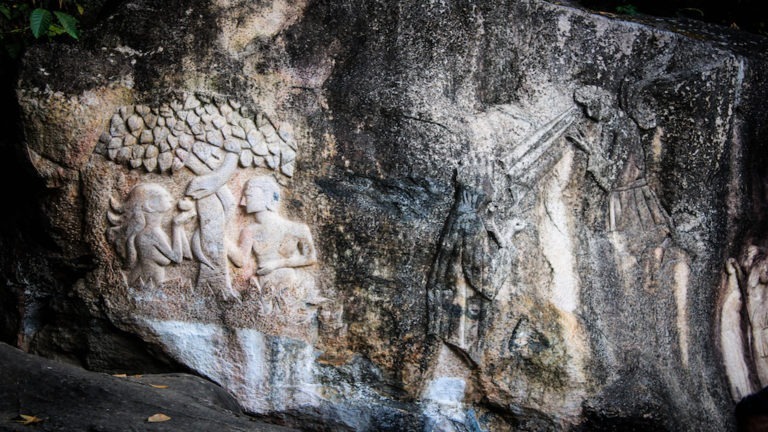
The timeline of human existence has captured the attention of philosophers, scientists, and ordinary, curious people throughout the ages. Of course, there is the famous tale of Adam and Eve, but were they truly the first humans to walk the Earth? There is a growing body of research that suggests modern humans were not the first intelligent beings to live on our planet.
Did Pre-Adamites Exist?
There are groups from all belief systems — Christians, conspiracy theorists, alien researchers, evolutionists, and more — who believe pre-Adamites (humans or intelligent beings that walked the Earth before Adam) actually existed.
The idea of the possibility of a pre-Adamite civilization and discussion about the origin of the human race is not a new one. Debates on the topic have been taking place since 170 AD. Over the years, many theories swirled about, enticing logical and romantic thinkers alike to explore further, look deeper, and question what they had been taught.






